3
Life Away From Center Court: Where Is the Next American Grand Slam Winner?
6 Comments · Posted by Staff in Bios
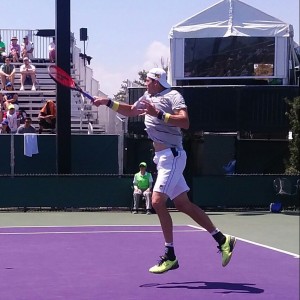
By Dominic Mahboubi
On August 30, 2012, a 30 year-old Andy Roddick dealt American tennis a major and unexpected blow when he announced his sudden retirement at a U.S. Open press conference. Since then, it has become commonplace to hear commentators and broadcasters alike, promoting many up-and-coming American juniors and sharing their stories while they are still adolescents in obscurity. “Not for long!,” they say, “soon he will be among the greats, and you will only be able to catch him on Ashe!” Yet years later, although there is certainly a good crop of American players coming up, the top ten remains largely European. American tennis still has a bit of ground to make up. Long gone are the days of Agassi and Sampras dominating the tour, clashing in finals, and competing for the hallowed title of world number one. Even Andy Roddick’s successful career spent collecting second place trophies underneath the Big Four feels distant and nostalgic to American tennis fans in 2018. Is another great American champion right around the corner, or does some work still need to be done?
Well, if American tennis has indeed lost a step, what’s changed? To understand the radical transformation that has taken place over the last decade and a half, it is critical to examine where American professionals are born: tennis academies quartered in Florida and California. In the 1980s and 90s, the Bolletieri and Harry Hopman Academies served to be not only the home of America’s most promising prospects, but also the Mecca for professional players looking to train and sharpen their games. But these academies were not special in and of themselves or in what they offered players. To the contrary, it was a modest, hands-off approach that allowed Florida to become a potent hotbed for producing world class tennis players – less was more. Small players groups and concentrated talent fostered a fierce competitive environment and attracted top-notch coaches from across the globe. These American Academies knew their role – they were curators, not gurus. Today, the Floridian Tennis scene tells a different story. American academies are over-saturated with players, whose schedules are micromanaged from dawn to dusk. As player numbers have grown exponentially to fund a special few, talent and player quality have dropped off in response; the world’s best tennis academies are no longer cutting edge.
Still, cultural and commercial reformation do not alone explain American tennis’ lackluster 21st Century performance. What is perhaps more jarring than the absence of Americans in tennis’ upper-most echelon are the American men that compete only notches below – Sock, Isner, Querrey, Johnson. While each has boasted a stellar top twenty world ranking for much of his career, none emulates or even approximates the quality of craftsmanship or all-court mastery exhibited by the game’s finest – Roger, Rafa, Novak, and Andy, who appear to access an entirely different mode of competition from their American counterparts. The contrast is stark: the big-hitting Americans rely heavily on the crippling power invested in their forehands and serves, while the game’s best employ diverse shot selection and ingenious point construction to both gracefully outwit and tenaciously outlast the rest of the field. Never is this disparity more clearly exposed than on the red clay of Roland Garros, where America’s lust for power play and short points crumbles in the face of courtsense and unrelenting grit in the opposite court.
American clay court woes are often mistaken for being indicators of their stylistic distinction from European tennis, but that is far from the truth. These repeated clay court failures are in fact symptomatic of comprehensive inferiority. Because Americans grow up training on hard courts, they do not develop the level of intuition required to engineer and navigate point construction at the game’s highest level. Moreover, they are not availed sufficient exposure to the degree of grit and fortitude required to outlast an opponent in the slower, clay court game that is prevalent across Europe. Switzerland’s legendary Roger Federer has mastered the crafts of fluid footwork and point construction to claim the top spot on tour with utter brilliance, while Spain’s Rafael Nadal has championed the “suffering mentality,” to grind his way to world number one. Every August, European players make undeniably apparent their superiority when they travel to Queens, New York to claim the United States Open title for themselves. Since Andy Roddick’s 2003 victory, Europeans have won the tournament 13 of the previous 14 years, with Argentina’s Juan Martin Del Potro standing as New York’s only exception. Despite their powerful games supposedly tailored to New York’s slick, hard courts, Americans are nowhere to be found on the U.S. Open draw lines beyond the Quarterfinal Round.
As the ATP slows court surfaces at all venues in order to accommodate spectators’ preferences for longer, more entertaining points, the landscape of tennis will only continue to advance in favor of those with savvy and stamina. After the decline of American academies at the turn of the century, the elite grounds for player development relocated to Barcelona, Spain, where I spent the better part of two decades coaching and learning with and from the very best. Barcelona brought back the small player groups and competitive environment that once characterized the American tennis scene, and set the stage on slow clay. More so, coaches in Barcelona utilized an advanced methodology that places a greater focus on the advanced footwork patterns and point structuring required to excel in today’s slower, clay court game. Myriad world class players have spawned from these fertile programs, and I am grateful to have been deeply involved in their development. It is my hope being here in the United States to help American Tennis find its form once again.
Dominic Mahboubi is a British tennis coach, currently the Tennis Director at Grove Isle for Cliff Drysdale Tennis. He has extensive coaching experience with some of the best tennis players in the world on the ATP, ITF and WTA Tour., including Joao Sousa (current top 40 ATP) and many more. He has 10 years of world class experience in Barcelona Spain, coaching alongside Francis Roig (current coach of Rafa Nadal) at BTT and has coached at the Swiss Tennis Federation instructing Davis Cup Players.


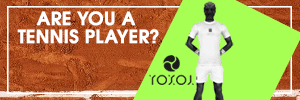

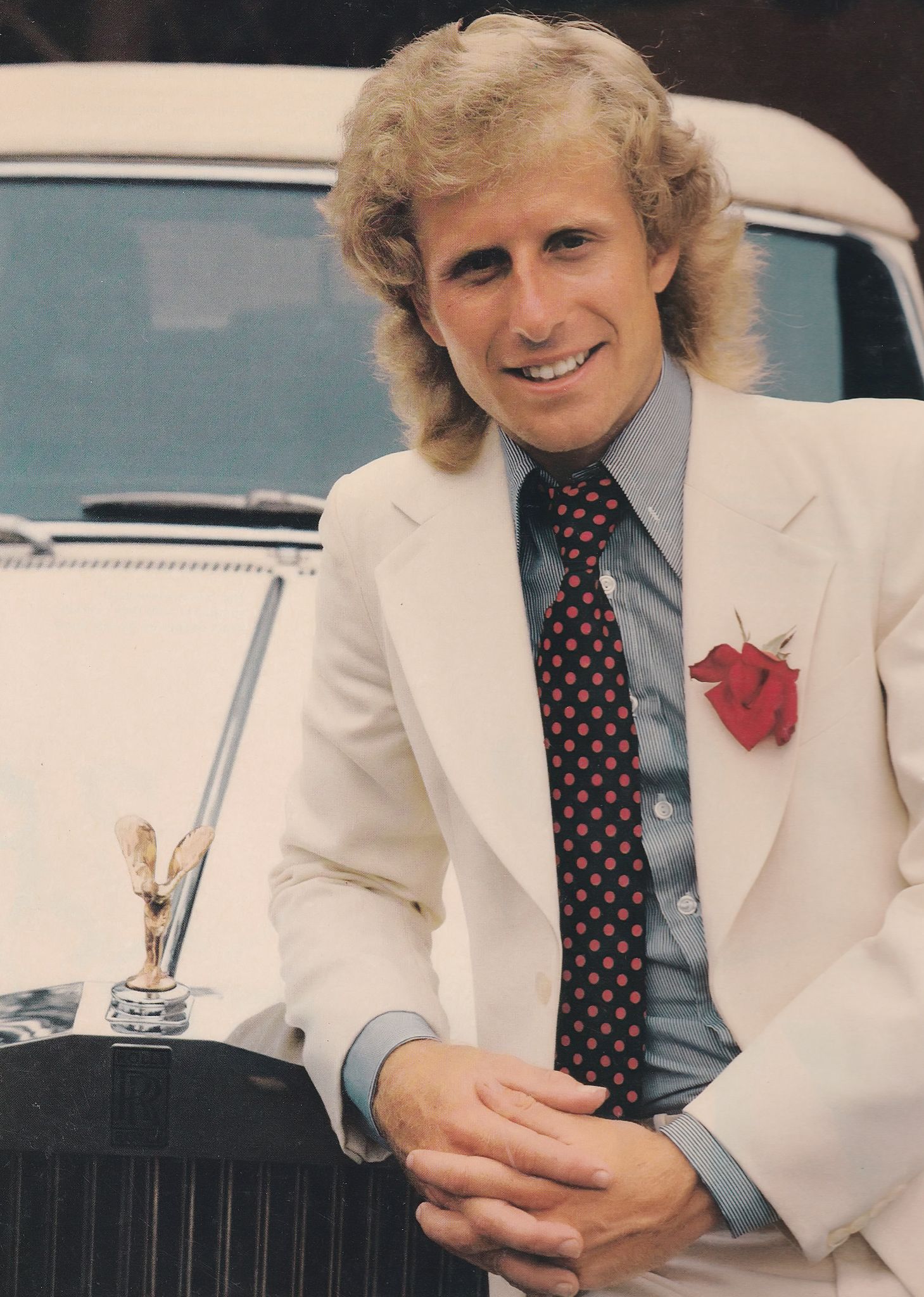
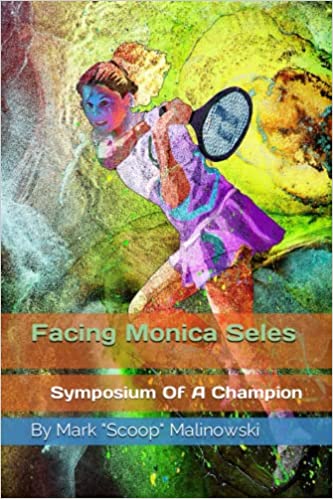
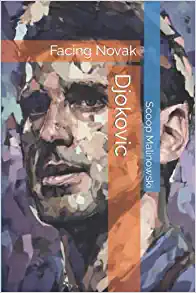
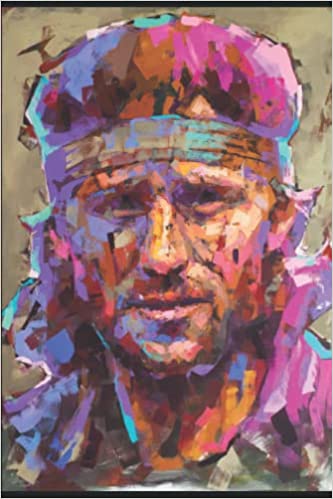
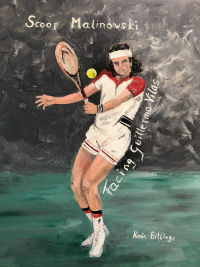
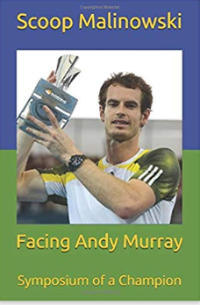
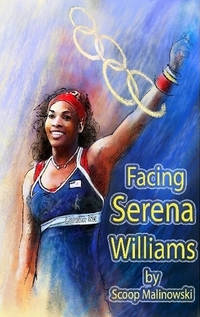
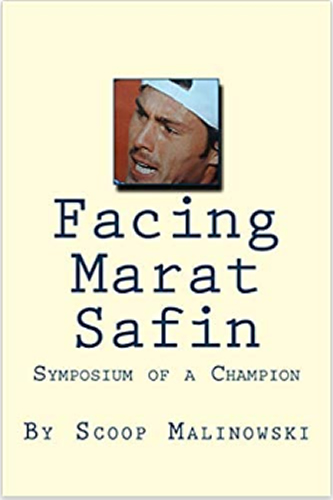
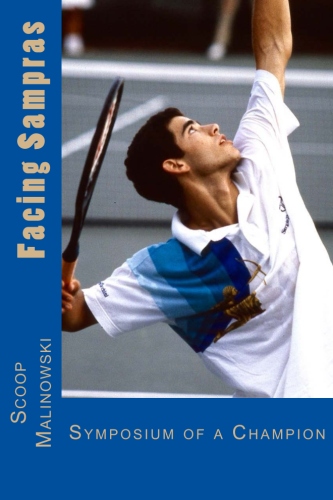
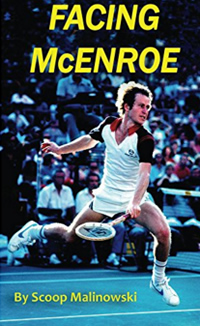
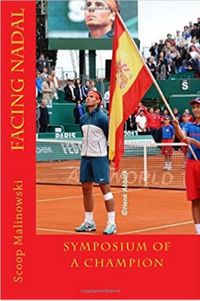
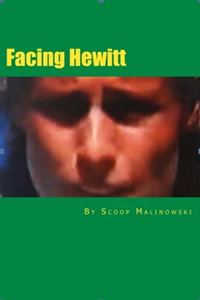
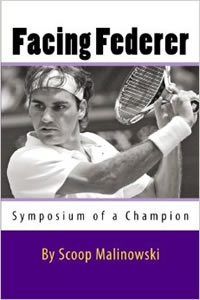
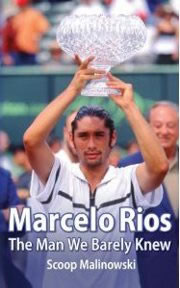

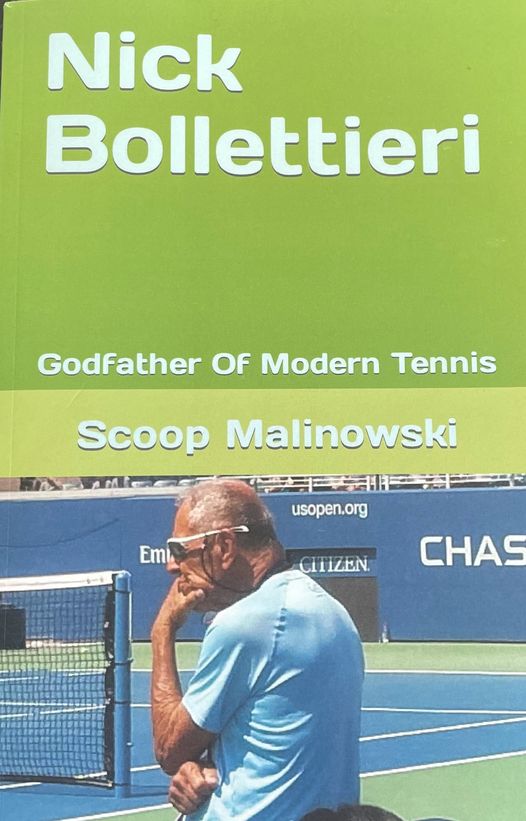

Hartt · July 3, 2018 at 9:24 am
This was a very interesting analysis of American tennis. However, the big 4 are such extraordinary players I’m not sure it is fair to compare the American players to them. Some youngsters, especially Sascha and Thiem, are more successful than the top Americans, plus players like Delpo, Cilic and Goffin. That has to be a cause for concern for American tennis fans.
Joe Blow · July 3, 2018 at 9:35 am
Good article, but this has been written every 5 or 10 years for the last 30 years. The lack of Americans having a Plan B, when serve and forehand doesn’t win, hasn’t changed.
Also, the old fall back that the US players choose not want to spend 2 to 3 months in Europe, is BS..Work on your craft..
Scoop Malinowski · July 3, 2018 at 9:48 am
But Spain has lost their winning formula as well. I listened to Tommy Robredo reveal to a table of media about five years ago that the Spanish dominance ended when the main headquarters for player training split from Barcelona and some top players went to Madrid and others to Valencia. So the hardcore daily wars on the Barcelona practice courts ended and soon after Spain’s dominance ended. Spain has not produced a dominant player since Rafa. Maybe it is all about collecting all the top players and having them play against each other every day to keep them sharp. Now all the top players ini Spain and America pretty much go on their own or stay in small groups or clicks, Sock Monroe. Wonder how Chang was able to win Paris so young after he played the vast majority of his junior career on hard courts? Courier too I believe was primarily a hard courter as a junior.
catherine · July 3, 2018 at 9:49 am
I’m probably wrong here, but isn’t there pressure from some quarters to speed up the courts these days ?
Dan Markowitz · July 3, 2018 at 10:24 am
I don’t think so. I think the courts have been slowing down for quite some time now. Wimbledon is a prime example. You never saw players stay back and hit groundies the way it’s done today at The All England Club. Even Borg and Evert used to come up to the net on grass.
I’m going to Orlando in 10 days to take a look at the US National Training Center there and I’m interested to see how the top juniors there are being trained.
catherine · July 3, 2018 at 10:55 am
You still see players come to the net on grass. In fact you still see players come to the net on hard courts. And you can’t slow grass down beyond a certain point.
(Chris Evert rarely came to the net. She tried to improve her net game at W’don but it wasn’t effective. She said later that she wished she’d changed her style for W’don but that wasn’t really in her)
And there has been pressure to speed up courts, or at least not create even slower ones. Not everyone is a fan of slow clay court tennis and endless rallying.
Of course women’s tennis is better on fastish courts and most WTA only tournaments are played on those surfaces.